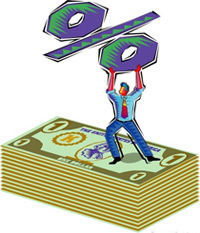According to Charles Freeman of the Center for Strategic and International Studies, a Washington D.C.-based think tank, “The state-owned banks are ‘subsidized’ by the state governments as well as individual Chinese savers, who have had negative deposit rates for years.”
The challenges are not new, but with the massive expansion of government-directed lending during the economic downturn — resulting in



